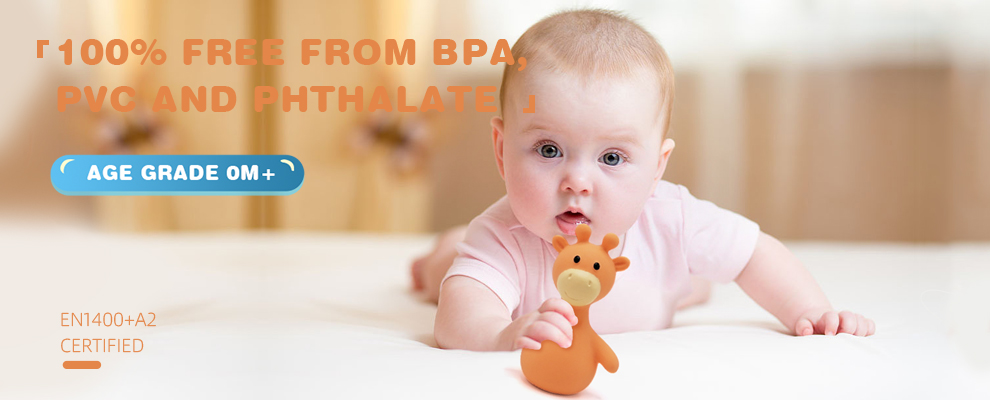The fundamental difference between synthetic rubber and natural rubber

1. Different ingredients:
Synthetic rubber is a highly elastic polymer made by artificial synthesis. Also known as synthetic elastomers, it is one of the three major synthetic materials, and its output is only lower than that of synthetic resins (or plastics) and synthetic fibers. The classification methods are diverse, the development history is long, and the research prospect is broad.
Natural rubber (NR) is a kind of natural polymer compound with cis-1, 4-polyisoprene as the main component. 91% ~ 94% of its composition is rubber hydrocarbon (Cis-1, 4-polyisoprene), and the rest is non-rubber substances such as protein, fatty acid, ash and sugar. Natural rubber is the most widely used universal rubber.
2. Different performance:
Natural rubber, at room temperature has high elasticity, good electrical insulation properties, natural rubber has strong alkali resistance, but not strong acid resistance.
Synthetic rubber, the performance is relatively not so good, but it still has high elasticity, insulation, oil resistance, high temperature resistance and other properties. It's pretty widely used.
3. Different uses
Synthetic rubber is widely used in industry and agriculture, national defense, transportation and daily life; Natural rubber used in daily life rain shoes, warm water bags, elastic belts, conveyor belts, transport belts, acid and alkali resistant gloves, and even rockets, artificial Earth satellites and spacecraft and other sophisticated scientific and technological products.
4. Different physical properties:
Synthetic rubber:
Its properties vary depending on the monomer, and the properties of a few varieties are similar to natural rubber. Some synthetic rubber has better temperature resistance, wear resistance, aging resistance, corrosion resistance or oil resistance than natural rubber.
Natural rubber:
High elasticity at room temperature, slightly plastic, crystallization hardening at low temperature. Good resistance to alkaline, but not strong acid. Insoluble in water, low ketones and alcohols, can swell in non-polar solvents such as trichloromethane, carbon tetrachloride, etc.
